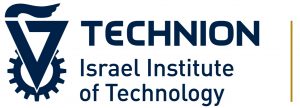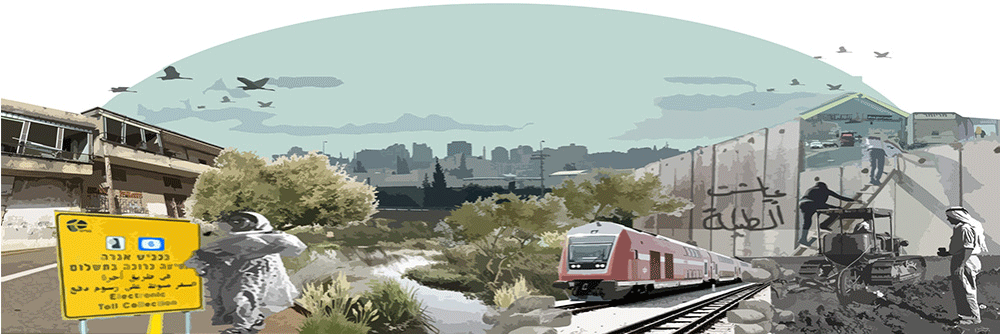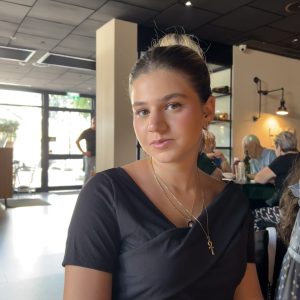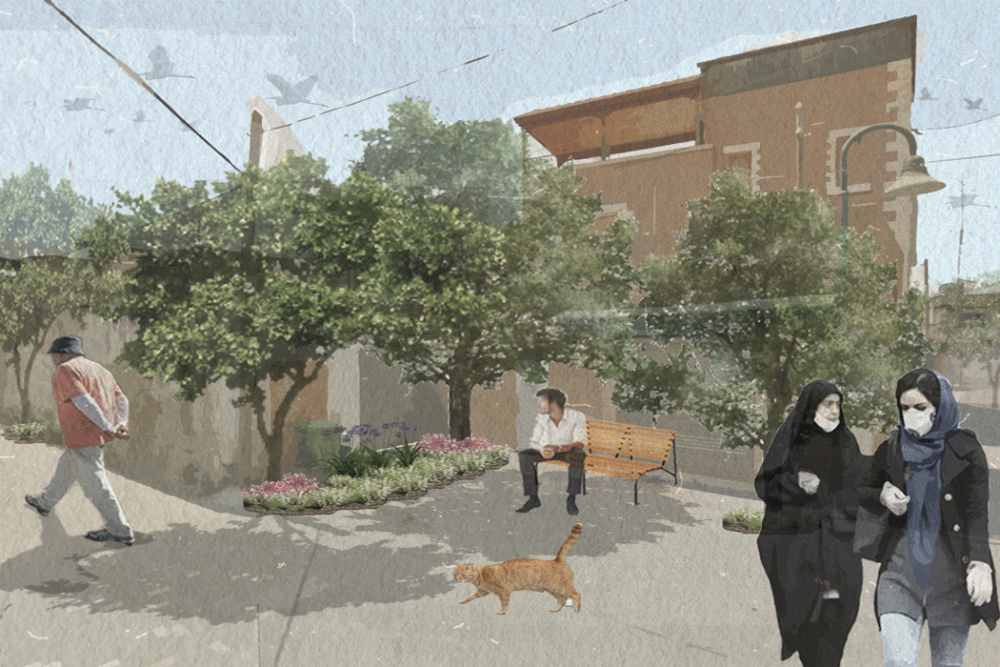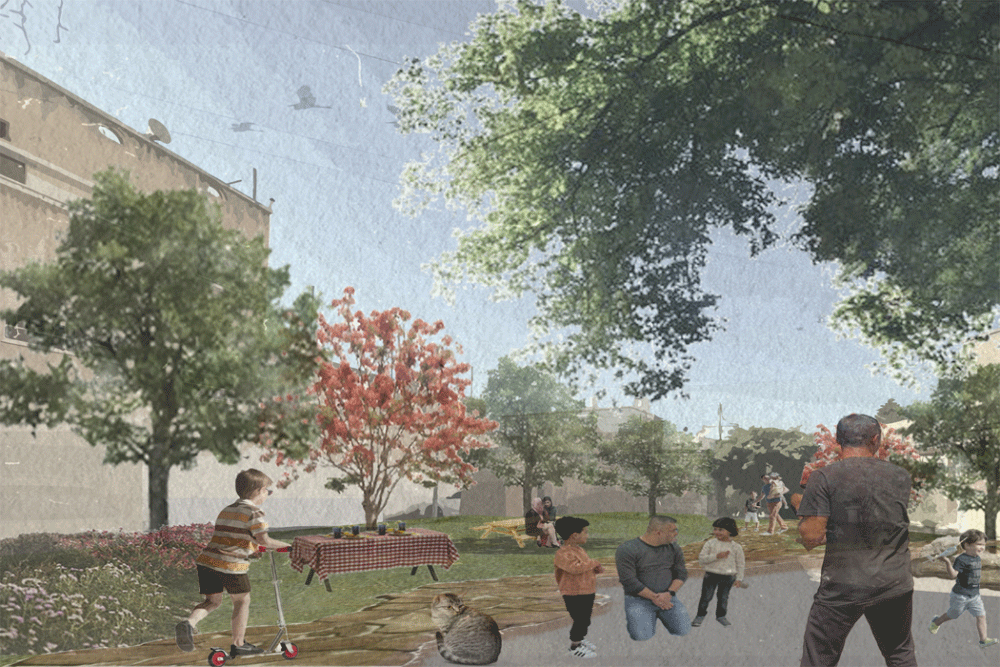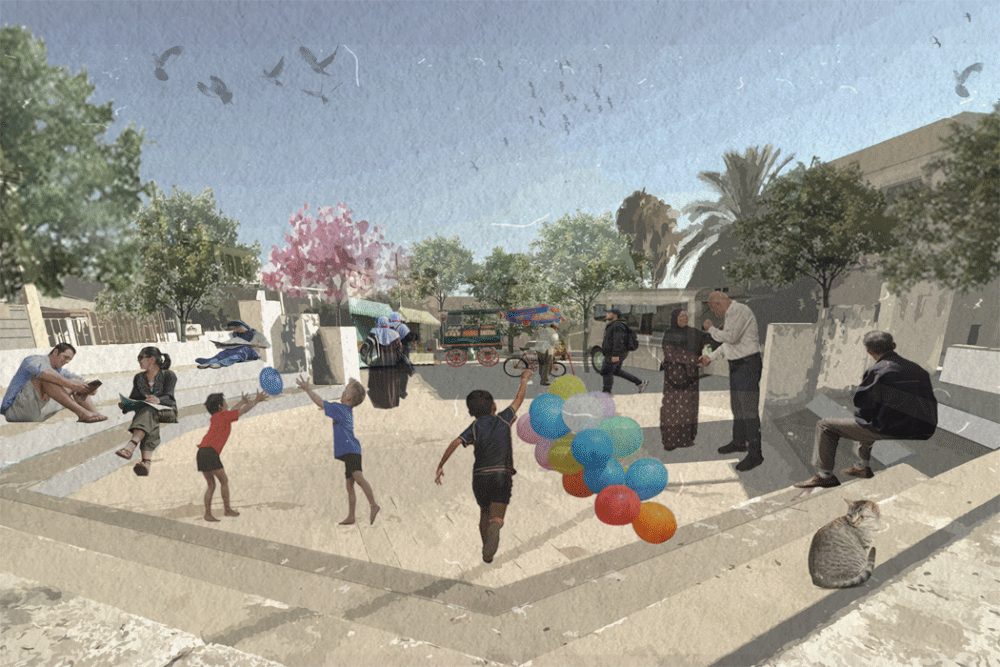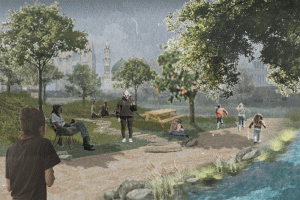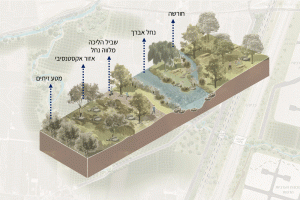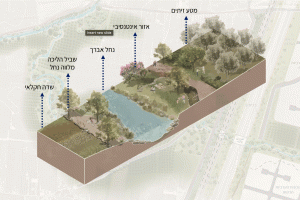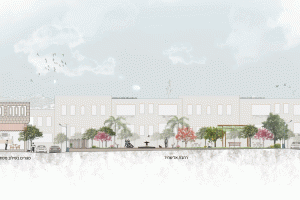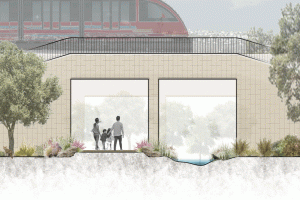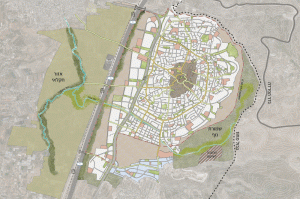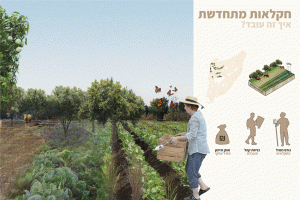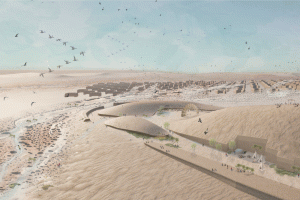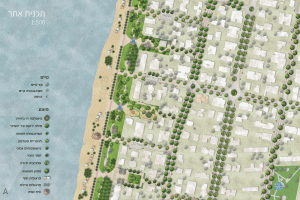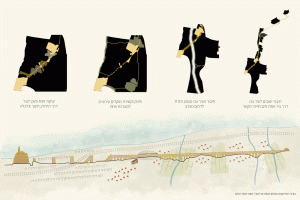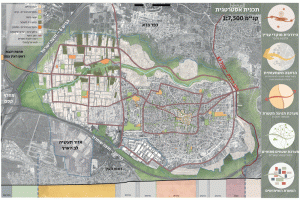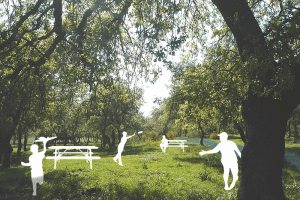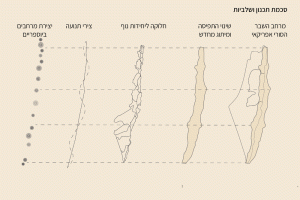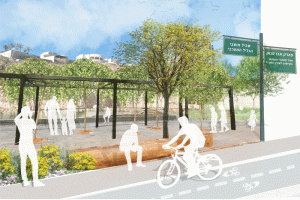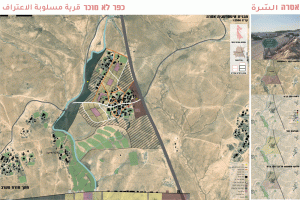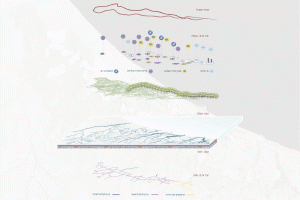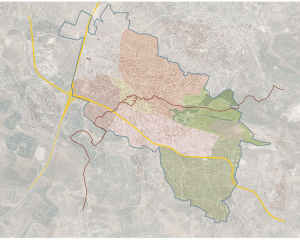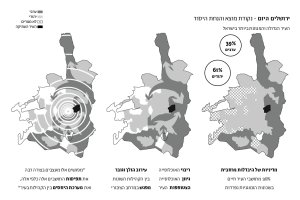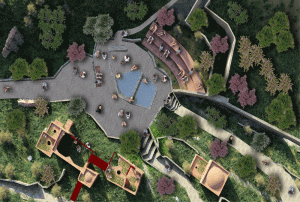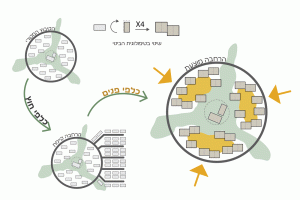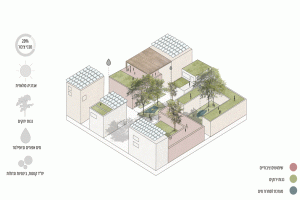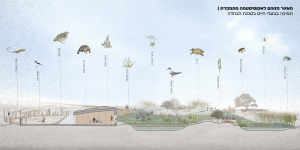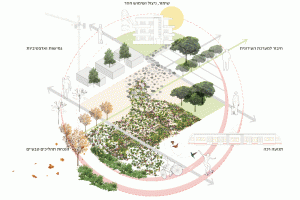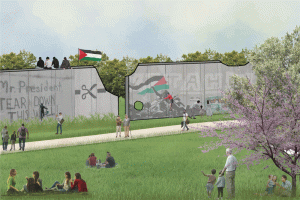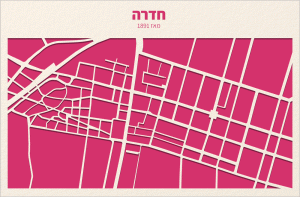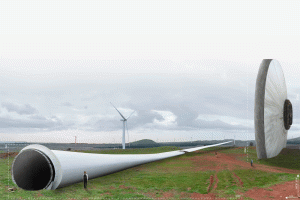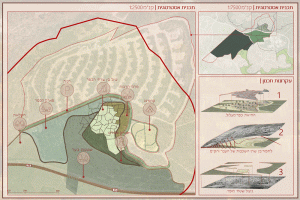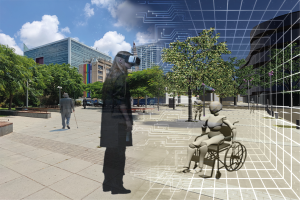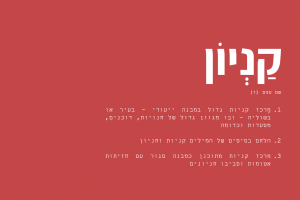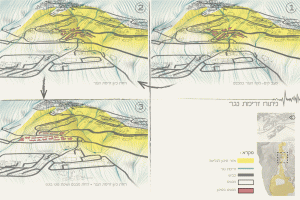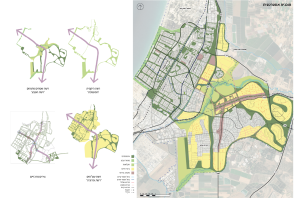Taybe – The future of the city’s urban and natural landscape
In the State of Israel, there are 108 Arab settlements facing a range of challenges, including disputes over building and occupancy permits, unclear municipal boundaries, limited public spaces, inadequate infrastructure, and the neglect of historic settlement centers. Addressing these issues requires substantial creative efforts and active involvement from residents, particularly since the lands are privately owned. This undertaking will focus on Taybe, the third-largest city in the Southern Triangle region, which, despite its central significance, is grappling with significant construction-related difficulties.
Analyses and surveys conducted within the city reveal that many publicly owned areas throughout the urban landscape are suffering from neglect. Unfortunately, these areas are often misused as dumping grounds by residents, which necessitates correction. The overlooked spaces within Taybe hold the potential for transformation into vibrant urban areas infused with authenticity and innovation while preserving the original architectural aesthetics of the structures. Enhancing this urban space, rich with historical context on privately owned land, demands a high degree of sensitivity. It is crucial to incorporate the insights and recommendations from previous studies that have explored these issues. While land expropriation and leasing are essential steps, they must be carried out with community trust, equitable compensation for affected landowners, and a thorough understanding of the community’s unique requirements.
The proposed project unfolds in three distinct phases:
- Initiation: This phase involves creating a green network interwoven with the historical street layout, starting and ending in the historic core of the settlement. The network will include several open green hubs along its route, designed for communal use, cultural activities, relaxation, and employment opportunities. The ancient heart of the city will be revitalized by repurposing an abandoned zone for public benefit.
- Expansion and Construction: This phase entails densification and development, including the establishment of new neighborhoods in the eastern region, repurposing vacant spaces within the historic core, converting agricultural land for construction, and revitalizing abandoned structures within the settlement.
- Enhancement: The final stage focuses on enriching the settlement with new public spaces strategically located within existing neighborhoods. These spaces will be integrated into the planned green network to promote connectivity and accessibility.
This comprehensive endeavor aims to rejuvenate Taybe’s urban fabric, leveraging its unique heritage and private lands to create a more vibrant and livable environment for both current residents and future generations.
